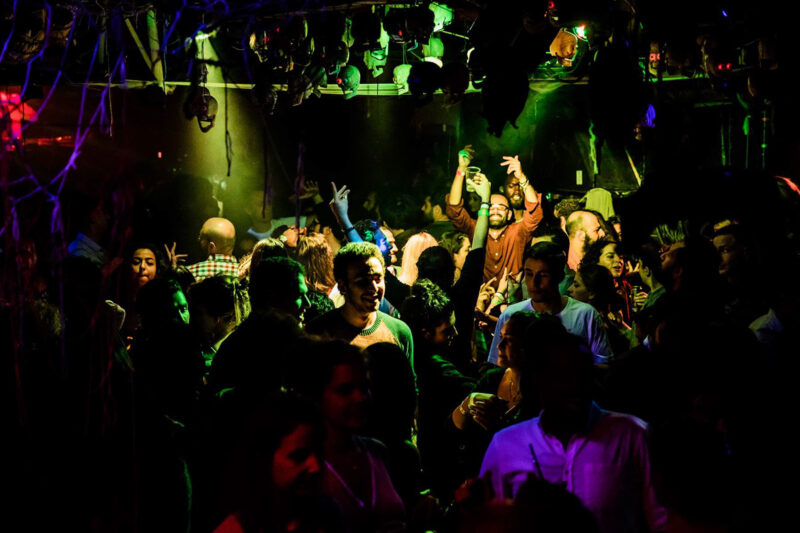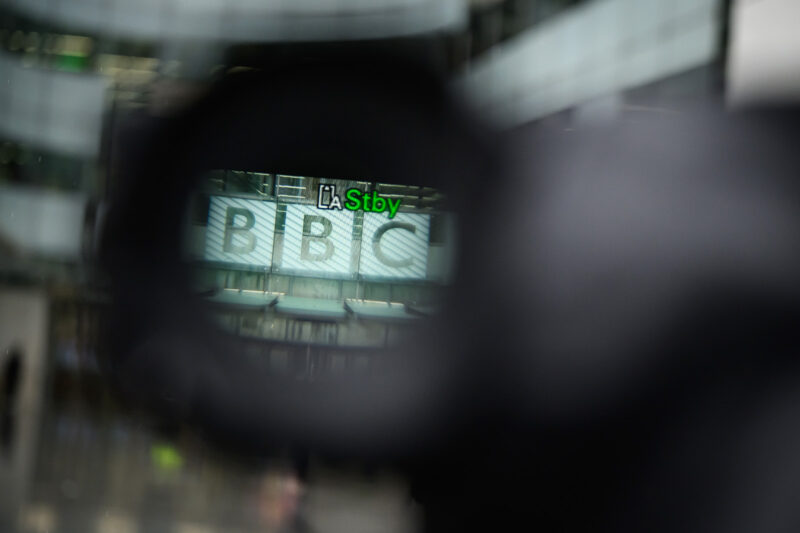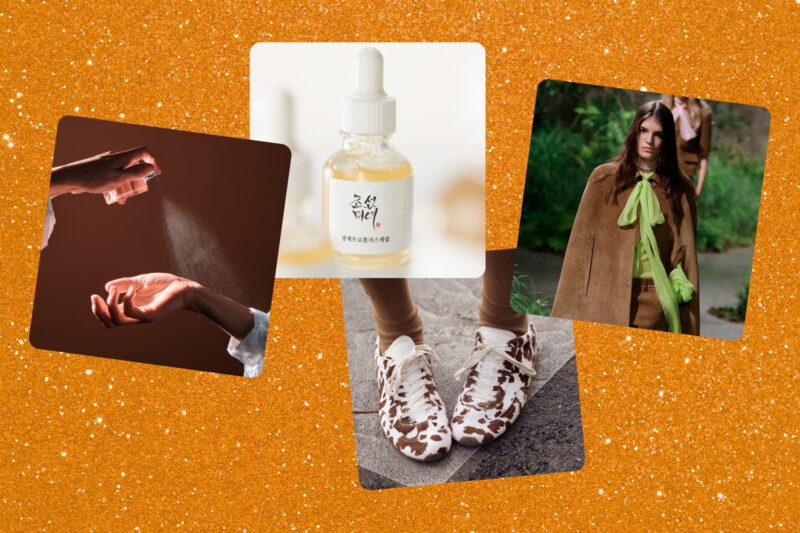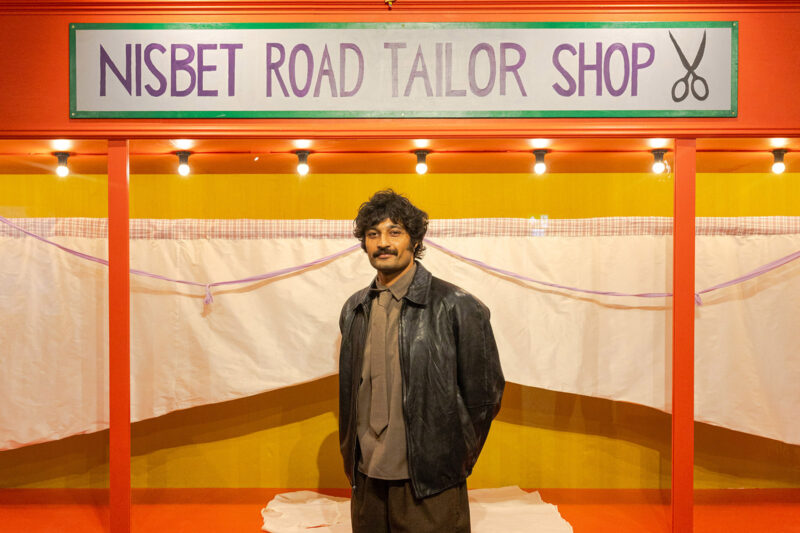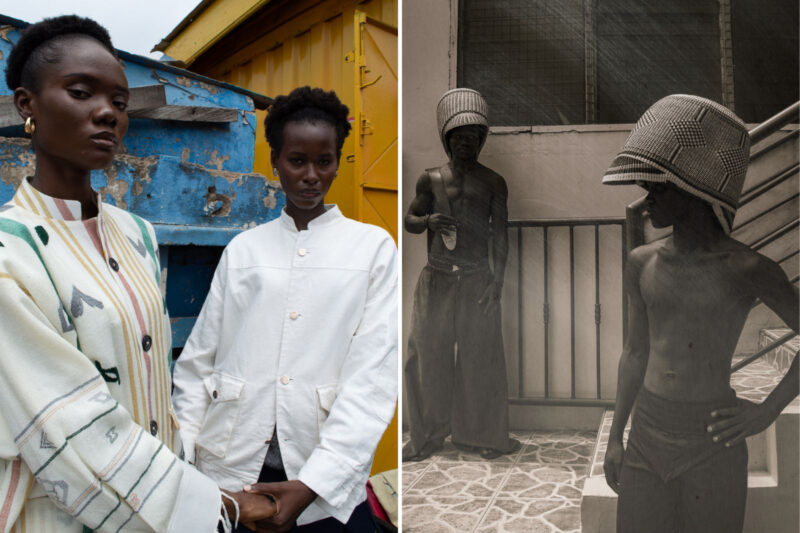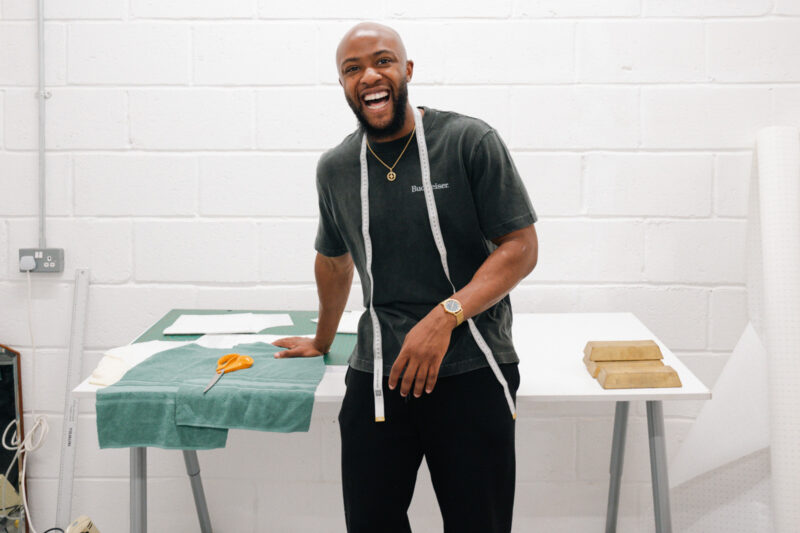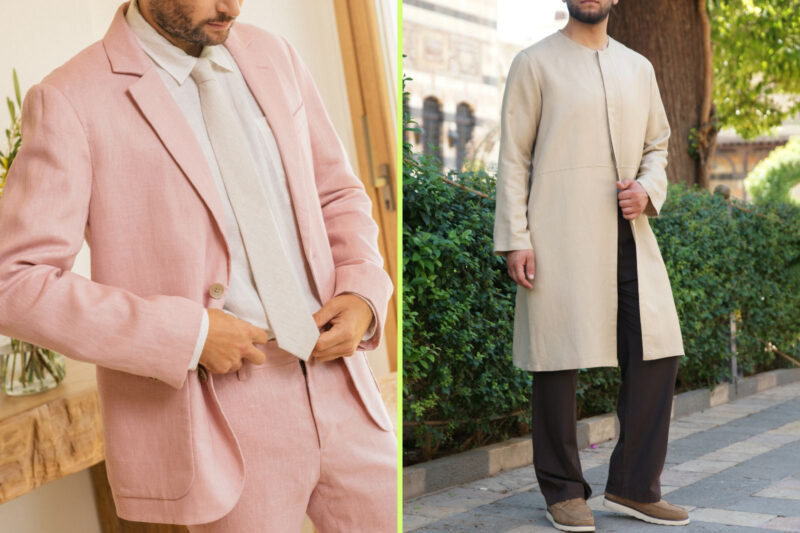Arabic sandals are set to be the summer shoe of choice
Birkenstocks are out and your dad’s shibshibs are in

Summer is fast-approaching, and that can only mean one thing when it comes to fashion: the return of feet. Or more specifically, sandals. Whereas 2024 saw clogs and mules reign supreme as the summer shoe of choice, menswear bibles such as GQ and Esquire are calling 2025 “the year of the strappy sandal”. That’s right — Birkenstocks are out and your dad’s shibshibs are in.
On the spring/summer 2025 men’s runways, Lemaire showcased a leather slipper with a square open toe, while Hermès completed its summer menswear looks with strappy calfskin sandals in black, tan and dusty pinks. Prada added its signature logo to upscale crisscross leather slides, and Manolo Blahnik updated its Inezmu sandal in subtle grey and brown leather colourways.
Although GQ referred to the trend as “Gladiator kicks”, there is something undeniably Middle Eastern about these strappy shoes. On the high street, Dune’s Insight sandals for men feature an open toe, cushioned footbed and a flat, backless silhouette to “simply slide on and go”. They’re available in black, brown and tan leather and look virtually identical to the slippers worn around the house by my uncles in Iran. Russell & Bromley’s open-toe Mirage stitch-detail slides, complete with crocodile effect, are easy to picture poking out from under a thobe, and the store also offers more straightforward Arabian toe-post sandals.
Now available in a variety of colours, styles and fabrics, traditional Arabic sandals are usually made from leather and come in neutral or muted tones, making them a more sophisticated summer footwear option than the slide or flip-flop and suitable for both formal and casual occasions.
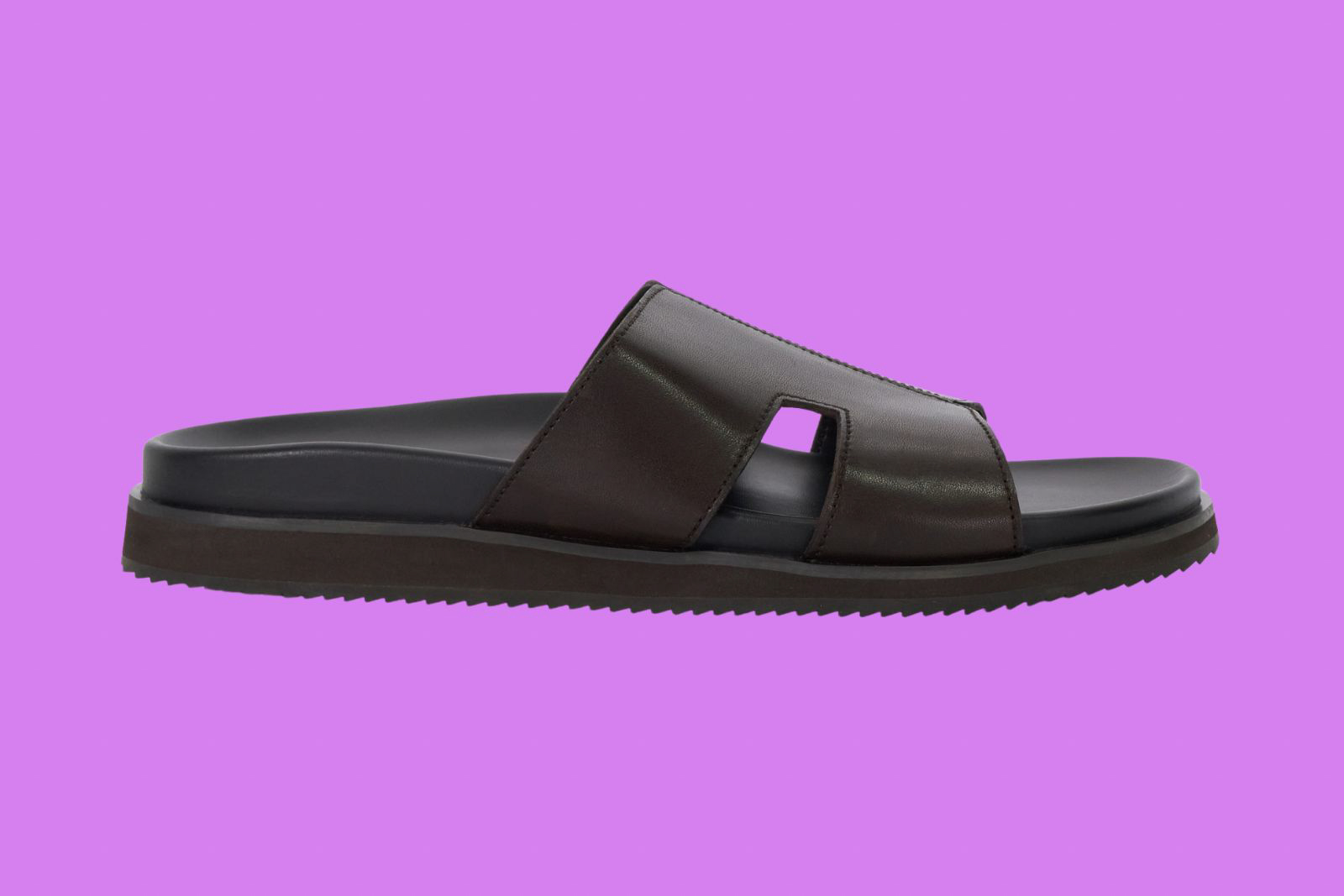
The style is believed to have been influenced by the footwear of neighbouring cultures as the result of international trade routes, with the signature open-toe design being traced to India. Often made from low-cost materials, these sandals would soon wear down and craftsmen would use small metal rings to stitch them together, leading to the signature look of what we now know to be Arabic sandals.
Aside from their historical and environmental significance, these sandals also have roots in religious tradition — especially as they can easily be slipped on and off to perform wudhu and the five daily prayers. The Prophet Muhammad was said to have worn Na’layn (the Arabic word for sandal), also known as the Sunnah Sandals, the Blessed Sandals, or the Prophetic Sandals, and they are believed to be a symbol of protection in some Sunni schools of thought.
Others simply believe that the wearing of sandals is regarded as mustahab (actions or things that are recommended and favoured, but not obligatory) according to hadith, or that the simple, humble footwear is a good way to practise humility, a desirable quality in Islam.
Today, many of the largest brands creating Arabic sandals are, unsurprisingly, located in the United Arab Emirates (UAE). Nauras, Al Mandoos, Tamashee and Albatar are keeping the heritage alive by combining traditional craftsmanship with innovative modern design and Italian leather to ensure the highest quality. Outside the UAE, Jerusalem Sandals, a company founded by two Jewish-Arab families on either side of the border, honours the heritage of the sandal by working exclusively with Palestinian craftsmen and tanners in the occupied West Bank, some of whom have been using their traditional hand-crafted techniques for generations.
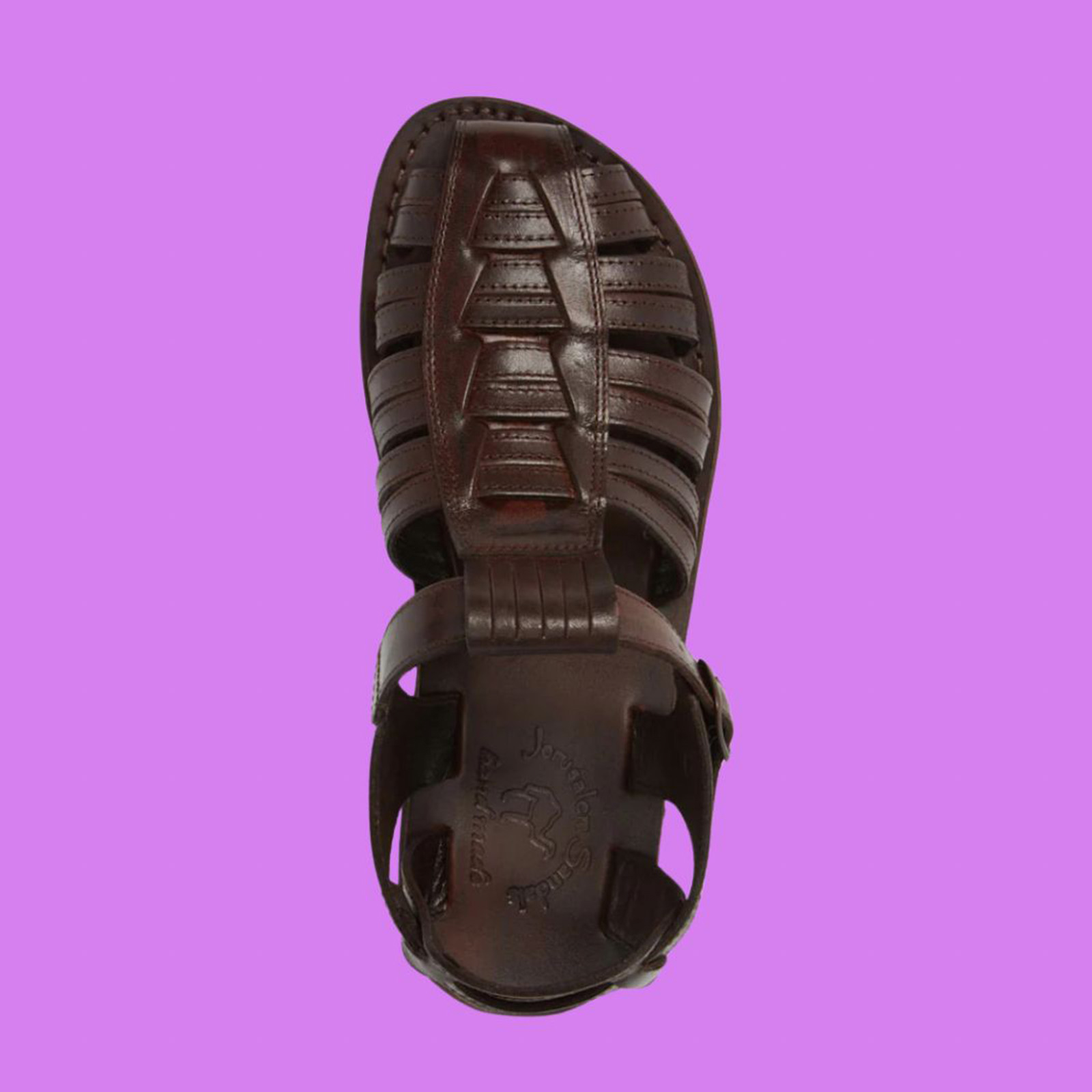
A number of non-Arab luxury brands, increasingly aware of the power of the Muslim dollar, have also released limited-edition Arabic sandals or Ramadan collections. In 2013, Italian shoe designer Cesare Paciotti launched a collection specifically curated for the UAE market, and has since expanded to open specialty stores in Dubai and Qatar.
Berluti, a subsidiary brand of luxury goods company LVMH, released a number of Ramadan sandals complete with calligraphic motifs in the mid-2010s. Tod’s offers a variety of luxury leather Arabic sandals made in Italy and finished with a buckle on top, and American brand Steve Madden has been releasing an annual Ramadan collection for their Middle East and Indonesia markets since 2013.
For the foot-shy among you, there’s no shame in sporting the socks and sandals look — although Arabic sandals are traditionally worn sans hosiery. If you do decide to set your toes free, may I suggest you get a pedicure to ensure your feet are summer-ready.
 Newsletter
Newsletter


